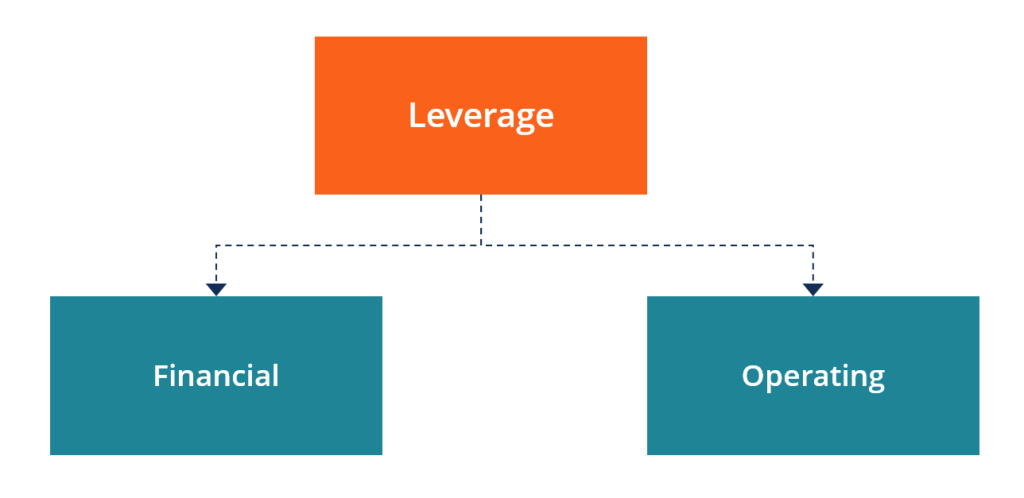Day trading is an activity that takes advantage of small moves in a marketplace. This type of trading is referred to as “day trading” because your goal is to close out your positions at the end of the day. Many traders take advantage of day trading especially when markets are volatile and whipsaw back and forth. Day trading can be beneficial if you have a good trading strategy that provides sound risk management.
You need to understand that the reward that you receive from day trading is predicated on the risk that you assume. You also have to determine if you have enough capital to day-trade. Some brokers require that you have a specific amount of money in your account to be labelled a “pattern day trader.”
What is Day Trading?
- Day trading is the action of taking advantage of price movements of various financial assets within a given trading day.
- Day Trading can occur in any marketplace, and it is most common in liquid markets that allow traders to enter and exit quickly.
- Day traders use short-term trading strategies and leverage to capitalize on take advantage of small price movements.
- Day trading employs a wide variety of techniques and strategies generally focused on price action.
- Day traders often use technical analysis.
- Day traders are aware of events that cause short-term market moves. Following the data that appears on an economic calendar is essential.
What is Leverage?
The goal of day trading is to capture small movements in a currency pair or stock. To invest in these small movements, a day trader needs to use leverage. Leverage is the process of using borrowed capital to enhance your trading size. Many brokers will provide their clients with leverage through the use of a margin account. This type of account allows the owner to borrow capital where the securities held in your portfolio are used as collateral against the money borrowed to purchase or sell currency pairs in forex trading, indices, stocks, or commodities.
For example, many brokers will allow you to purchase $1,000 of EUR/USD using only $50 of equity in your account. Your broker is concerned about the amount of equity you have relative to the loss that could be generated from your position. Leverage can be tricky. Your broker will not take a loss on your behalf. Most of the margin accounts will have fine print that alerts you that your broker has the right to liquid your positions if your account equity falls below a specific level. When your broker warns you that your equity is falling below a required level, this is referred to as a “margin call.” If you do not add money to your account to cover the potential loss from your positions, your broker will begin to liquidate your positions.
What Strategies Can be Used for Day Trading?
Day trading strategies often take advantage of small movements in a market. To gauge when a stock or currency pair is about to move, you might consider using specific technical analysis strategies. Day traders often use the Break-out approach as well as the mean-reverting method. When a stock breaks out of a well-defined range, it usually runs for a period. Day traders will attempt to capture those movements before the price begins to come back to earth. When a stock is rangebound, and the range can be defined by a technical analysis tool, you might consider buying at the bottom of the range and selling at the top of the range.
When you day trade, you want to have a risk management plan before you initiate a trade. You want to know exactly how much you plan to risk and how much you plan to gain before generating a transaction. Since your goal is to capture small movements, you don’t want to let the market move against you for an extended period to capture those gains.
You might also use a strategy that revolves around new information released to the market. This information could be economic data, earnings data, political data, or even monetary policy information.
The Bottom Line
The key to successful day trading is risk management. To do it correctly, you need to find a strategy that will allow you to enter and exit markets quickly. Many traders focus on stock, currencies, indices, and certain commodities. Day traders often employ leverage, which allows you to use borrowed capital to enhance your positions. You also want to find a technique that will be an impetus to enter and exit a trade, such as technical analysis. Many day traders often trade around events such as economic data or earnings data. Before you enter any trade, you want to make sure that you know exactly where you plan to enter the trade and exit before you generate a transaction.
Smriti Jain is the owner and senior content publisher at Financesmarti. Financesmarti is a website where she shares a lot of useful stuff for the people and business of India. This includes small business ideas and other banking information, as well. Smriti completed her education in science & technology from Delhi University. Smriti usually has interests in digital marketing now, and she has chosen this career for the full-time opportunity. The primary purpose of starting this blog to provide quality information on the banking industry to the people.


Leave a Reply